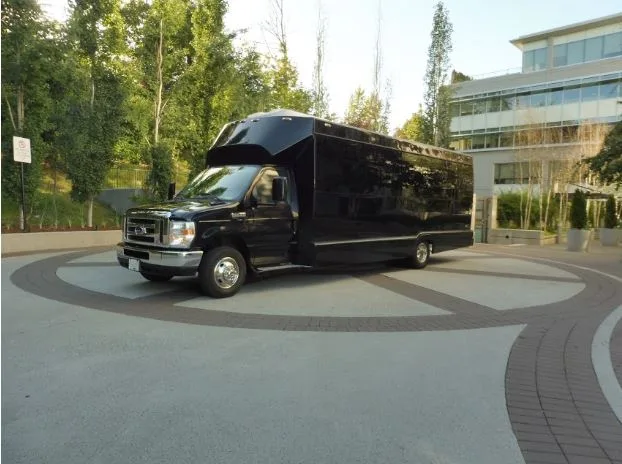How Long Does Polymeric Sports Surfacing Last?
Why Choosing the Right Sports Surface Matters
Sports facilities, whether in schools, leisure centres, or community spaces, are long-term investments. Choosing the right surface is not only about performance but also about durability and cost-effectiveness. One of the most widely used outdoor sports surfaces in the UK is polymeric surfacing. Known for its flexibility, safety, and versatility, it’s a popular choice for multi-use games areas (MUGAs), athletics tracks, and tennis courts. But how long does polymeric sports surfacing actually last, and what factors influence its lifespan?
What is Polymeric Sports Surfacing?
Polymeric sports surfacing is a type of synthetic surface made from rubber and polyurethane binders. It is laid in layers to create a cushioned but durable playing area. The surface is textured to provide grip, making it suitable for a wide range of sports such as football, netball, tennis, and basketball.
Because it is weather-resistant and slip-resistant, it is often chosen for schools and community facilities where safety is a priority. It also comes in different grades, allowing it to be tailored to specific sports or multi-sport use.
Average Lifespan of Polymeric Sports Surfacing
On average, polymeric sports surfacing can last between 10 and 15 years. In some cases, with excellent maintenance and the right installation, surfaces can last even longer. However, like any outdoor surface, its lifespan is influenced by a number of factors including usage levels, maintenance practices, and exposure to the elements.
Factors That Affect Durability
1. Quality of Installation
The quality of the initial installation is one of the biggest factors in determining how long a polymeric surface lasts. A professionally installed surface with the correct sub-base, drainage, and thickness will be far more durable than one laid poorly. Ensuring the installation is done by specialists reduces the risk of issues such as cracking, uneven surfaces, or drainage failures.
2. Level of Usage
High foot traffic and constant sporting activity naturally put more strain on the surface. School playgrounds and community sports facilities that see daily use will experience wear more quickly than a tennis court or athletics track that is only used occasionally.
3. Maintenance
Regular maintenance is key to extending the life of polymeric surfaces. Simple steps like removing debris, cleaning dirt and moss, and repairing small cracks before they spread will keep the surface in good condition. Without maintenance, the surface can become slippery, unsafe, and more prone to damage.
4. Weather Conditions
The UK climate means sports surfaces are exposed to heavy rain, frost, and occasional heat. Over time, freeze-thaw cycles can cause minor cracks if the surface is not well maintained. Proper drainage and protective coatings can help minimise weather-related damage.
5. Type of Sports Played
Different sports put different demands on the surface. For example, football and basketball involve more running, sliding, and quick turns, which create higher levels of wear. Tennis or athletics tracks, on the other hand, may cause less stress and therefore extend the surface lifespan.
Signs That a Polymeric Surface Needs Attention
Even with the best care, all surfaces eventually show signs of wear. Knowing when to carry out maintenance or resurfacing is important for safety and performance. Common signs include:
- Fading of surface colour
- Cracks or splits in the surface
- Pooled water due to poor drainage
- Worn areas in high-traffic zones
- Loss of texture leading to reduced grip
Addressing these issues early with patch repairs or rejuvenation treatments can prevent more expensive full resurfacing later on.
Maintenance Tips to Extend Lifespan
Proper maintenance can add several years to the life of polymeric sports surfacing. Here are some practical tips:
- Regular cleaning – Brush or power wash the surface to remove moss, algae, and dirt.
- Check drainage – Ensure water is draining properly to avoid pooling, which weakens the surface.
- Apply anti-slip coatings – Refreshing the anti-slip layer improves safety and extends usability.
- Repair minor damage quickly – Filling cracks and patching small damaged areas prevents them from spreading.
- Annual inspections – Have the surface checked by professionals once a year to catch early signs of wear.
Can Polymeric Surfaces Be Resurfaced?
Yes, one of the benefits of polymeric sports surfacing is that it can often be rejuvenated rather than completely replaced. Depending on the condition, resurfacing can involve adding a new anti-slip coating, repairing damaged areas, or even laying a new top layer over the existing surface. Companies likeNovasport specialise in these services, ensuring the surface is restored to a high standard.
Comparing Polymeric with Other Sports Surfaces
Polymeric surfacing is not the only option for sports facilities, but it is one of the most versatile. Compared to artificial grass, polymeric surfaces generally require less day-to-day maintenance and provide more consistent ball bounce. Unlike tarmac or hard courts, polymeric offers more cushioning, which reduces the risk of injury during falls.
Its balance of performance, durability, and safety is what makes it a preferred choice for multi-use areas.
Long-Term Value of Polymeric Surfacing
While polymeric surfaces may require more upfront investment than some alternatives, their long lifespan and versatility mean they are cost-effective over time. Schools, sports clubs, and councils often find that the ability to use the surface for multiple activities maximises the return on investment.
Factoring in regular maintenance and occasional resurfacing, polymeric sports surfacing provides excellent long-term value compared to replacing cheaper but less durable surfaces more frequently.
Final Thoughts
So, how long does polymeric sports surfacing last? In most cases, you can expect 10 to 15 years of use, and in many cases longer, provided the surface is well maintained. The key factors that influence durability include installation quality, level of use, and ongoing care.
With regular cleaning, proper drainage, and timely repairs, polymeric surfacing can serve schools, sports clubs, and community facilities reliably for well over a decade. It’s a practical, safe, and cost-effective solution for anyone looking to install a long-lasting sports surface.
If you are considering polymeric surfacing for your facility, speaking to a professional installer will ensure you get the best results from day one and maximise the lifespan of your investment.





